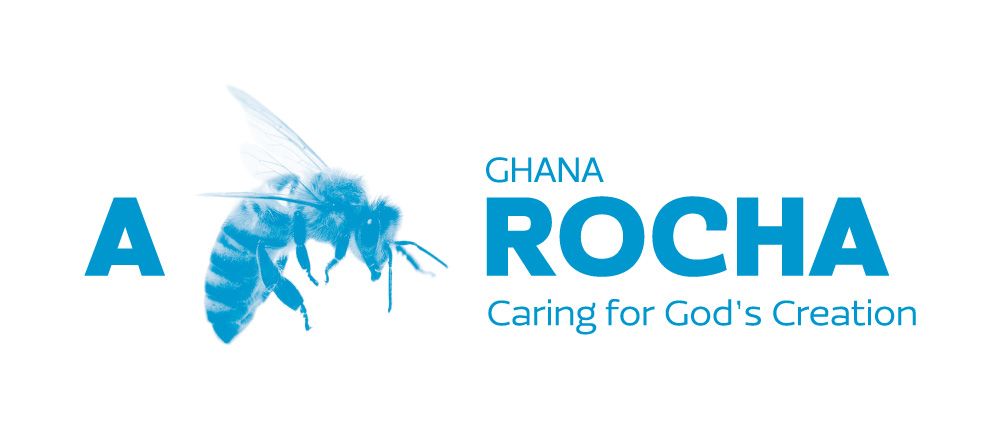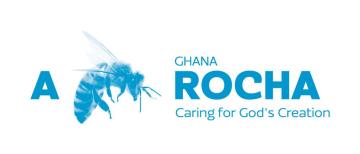
Community Mangrove Restoration within the Muni-Pomadze Ramsar Site, Ghana
The project replanted mangroves in 7.5ha out of 30ha of degraded areas along the shore of the Muni lagoon in Ghana. The aim was to restore the site’s ecological integrity as bird migratory route, turtle nesting site and fish spawning ground. Beneficiaries were trained and equipped with alternative livelihood ventures to limit over dependence. Community awareness of impact of anthropogenic activities on conservation was raised using radio, community durbars, and traditional authority engagement.
Context
Challenges addressed
- Declining mangrove & fish resources
- Limited livelihood options
- Lacking awareness
The site once endowed with mangroves supported fish spawning and fish supply for the fisherfolk on the fringe of the resource. However, due to inadequate awareness of the impact of anthropogenic activities the site has lost its mangrove resources thus reducing the spawning grounds for fish. This has affected the livelihood of the fisherfolk leading them to extend their activities to nearby resources.
Beneficiaries
The beneficiaries include local communities in Biwadze, Mankoadze and Akosua Village, 5 Junior High Schools were reached and the district assembly and other community stakeholders were engaged during the implementation of the project.
Location
Process
Summary of the process
Building Blocks
Communication of challenges and solutions
Enabling factors
Lesson learned
Development of new sustainable decision-making skills
Enabling factors
Lesson learned
Participatory development of alternative livelihoods
Enabling factors
Lesson learned
Participatory landscape management
Enabling factors
Lesson learned
Impacts
- The impact of the project has been the rehabilitation of the degraded mangrove habitat. Fishermen are also reporting enhancement of the recruitment of fish due to the improvement of fish spawning areas. Their livelihoods are therefore being sustained due to the improvement of the mangrove resources.
- The use of the site by birds as a migratory route has also improved. More birds have been recorded over the past 2 years since the project was implemented. This has improved the biodiversity of the site and provides an opportunity for developing ecotourism potentials of the site for bird watchers.
- Training and equipping beneficiaries in the alternative livelihood namely grasscutter rearing and giant snail farming under the project has enhanced their livelihoods. Household incomes have increased by 10% and the women in the group are more empowered to manage the home and less dependent on their husbands due to their active role in the restoration activities and the benefits of alternative livelihood and increased income.





